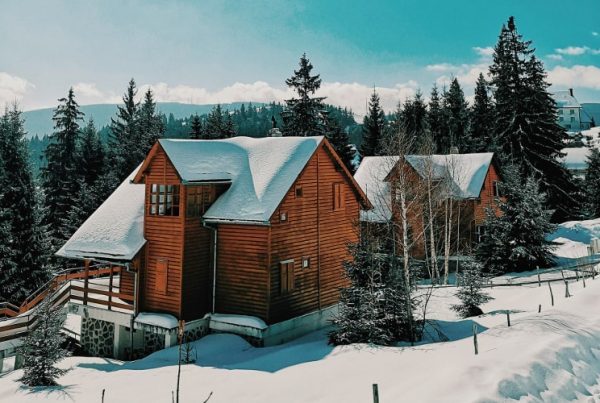 Mold is a dirty sounding word, and there is no way you want that associated with your home Michigan. Unfortunately, you realize that it is something that may come with your home, including on your roof.
Mold is a dirty sounding word, and there is no way you want that associated with your home Michigan. Unfortunately, you realize that it is something that may come with your home, including on your roof.
But why does mold grow on roofs, are there any risks associated with roof mold, and what can you do to deal with it? These are all great questions, and you can easily learn all you need to know to deal with this common problem.
What Causes Mold on Your Roof?
First, you need to understand what roof mold is. In most cases, the words mold and moss are often synonymous on roofs. It is the dark stuff that, sometimes green and sometimes more like a black. It may appear as patches or streaks on your roof, just depending on the particular issue.
These require two things to grow: moisture and warmth. Your roof stays relatively warm given the fact it absorbs heat from the sun. So what about moisture, is there enough for a long enough time to encourage this growth?
Pits in your roof, or areas that are slightly more shallow than the rest of your roof, are the perfect breeding ground for this kind of growth. It allows moisture to collect and is the last place for it to evaporate.
If you have any leaks in your roof, you may encounter some sheathing boards that are rotting under the shingles. This will cause your shingles to remain moist regardless of the outside weather.
It can also be an indication your roof is not properly vented your attic will retain more moisture than it should. This additional moisture will cause the sheathing boards, which are often plywood, to retain that moisture.
The growth can also be an indicator of your home’s environment. Observe how much sunlight your roof is receiving. It may be as simple as needing to trim back some trees to allow more sun to hit a particular area of your roof.
What is the Risk of a Moldy Roof?
Aside from being a little unpleasant to look at, is there really any risk to having this growth on your home? The short answer is yes, there are risks, and it is important to understand both.
The most obvious is the risk most people associate with mold and moss, which is their possible health implications. As this grows on your roof, it will release spores to continue growing in other places.
These spores can make their way into your living space through your roof vents and any other small air leaks. These spores can cause allergic reactions and respiratory distress in some individuals.
While the growth itself may not cause irreparable damage to your home, it is an indicator that something is not quite right. Ignoring this symptom may lead to bigger problems if it indicates another problem in your home.
What Do You Use to Treat Your Roof?
The easiest thing to do is run to the hardware store and look for a cleaner you can use on your roof. However, these have a wide range of prices, up to over $500 for treating your roof.
Another option is to create a simple solution that is quite effective. This is made of:
- 1 part chlorine bleach
- 3 parts water
- 1 tablespoon trisodium phosphate
Mix this together in a large bucket either outside or in a very well-ventilated area. Be sure you keep your face away from the opening of the bucket as the fumes from the bleach can be toxic. Also, consider wearing gloves, goggles, and long sleeves and pants to protect yourself from any splashing.
Getting the Job Done
Put the solution in a sprayer, such as a backpack sprayer or a simple handheld yard sprayer. As you think about which is the best option, consider your roof, the pitch, and where you will be as you apply the solution.
Apply a generous layer of the solution across your roof and then let it set for between 15 and 30 minutes. After this, rinse it off with a garden hose and a basic spray nozzle.
Protect Your Landscaping
Before getting onto your roof and praying it down, you want to protect your yard and any landscaping around the edge of your roof. The bleach in the solution can cause damage to plants as well as furniture and landscaping architecture.
Lay a tarp over as much as you can to direct the runoff to an area that will not be affected by the bleach. If you have bushes near the area you will treat, consider getting a plastic cover that will fit the plant more snuggly than a simple tarp.
Know When to Call the Pros
Working on your roof can be dangerous if you are affected by heights. If you have a steep roof or are uneasy working from your roof, you should call the team at KGT to help with this process. Our team can not only help remediate roof mold issues in Michigan but will also help you determine if you have a larger problem. Identifying those problems early can save you in larger repair bills down the road.











